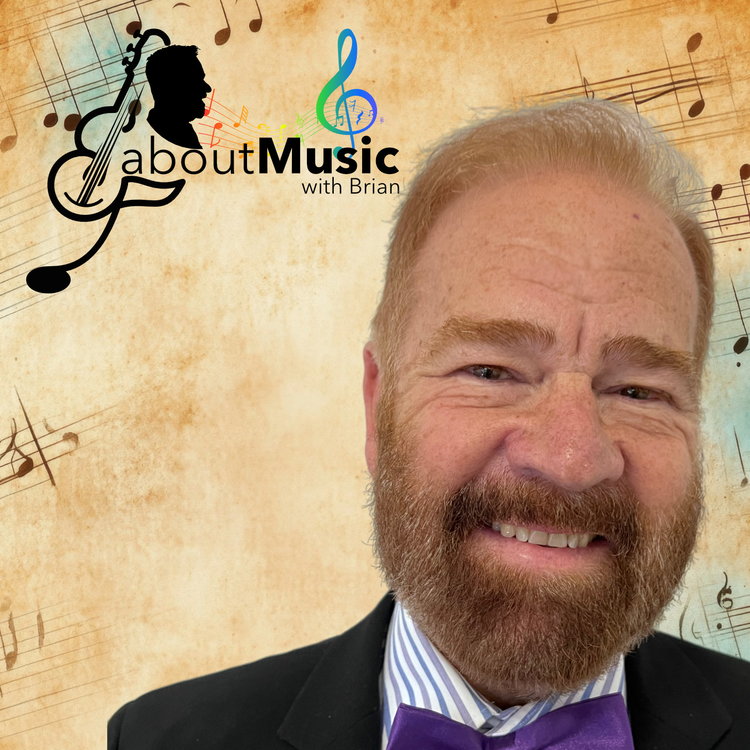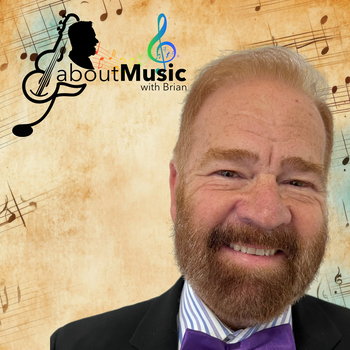
Programme 98 Violin Concertos Part 3
Loading player...
Programme 98 Violin Concertos Part 3 Programme Description
In our third set of violin concertos we listen to Vivaldi and Beethoven. By this stage you may have noticed that all of the concertos in our series have had three movements in the quick, slow, quick pattern. This is the usual format of the concerto genre, regardless of the instrument the concerto was written for. Usually the first movement has a structure called Sonata form, and the final movement has a structure called Rondo. We did explore both of these in earlier programmes, so you might already be familiar with them. I will say more about these in the next weeks as we look at other instruments.
Vivaldi’s "Spring" from The Four Seasons
In "Spring," Vivaldi captures the joyful awakening of the natural world through the violin’s bright, lively voice. Birdsong, flowing streams, and gentle breezes are all painted vividly by the soloist’s brilliant, playful passages. It’s a perfect example of the violin’s ability not just to sing, but to vividly tell a story and bring scenes of life to the listener’s imagination.
Beethoven’s Violin Concerto in D major, Opus 61
Beethoven’s Violin Concerto stands as a pillar of the violin’s repertoire, known for its grandeur, elegance, and deep inner serenity. It asks the violinist not only for technical mastery but for a profound sense of musical wisdom, blending effortless lyricism with passages of thoughtful, almost meditative beauty. It shows the violin as both a storyteller and a philosopher.
In our third set of violin concertos we listen to Vivaldi and Beethoven. By this stage you may have noticed that all of the concertos in our series have had three movements in the quick, slow, quick pattern. This is the usual format of the concerto genre, regardless of the instrument the concerto was written for. Usually the first movement has a structure called Sonata form, and the final movement has a structure called Rondo. We did explore both of these in earlier programmes, so you might already be familiar with them. I will say more about these in the next weeks as we look at other instruments.
Vivaldi’s "Spring" from The Four Seasons
In "Spring," Vivaldi captures the joyful awakening of the natural world through the violin’s bright, lively voice. Birdsong, flowing streams, and gentle breezes are all painted vividly by the soloist’s brilliant, playful passages. It’s a perfect example of the violin’s ability not just to sing, but to vividly tell a story and bring scenes of life to the listener’s imagination.
Beethoven’s Violin Concerto in D major, Opus 61
Beethoven’s Violin Concerto stands as a pillar of the violin’s repertoire, known for its grandeur, elegance, and deep inner serenity. It asks the violinist not only for technical mastery but for a profound sense of musical wisdom, blending effortless lyricism with passages of thoughtful, almost meditative beauty. It shows the violin as both a storyteller and a philosopher.

